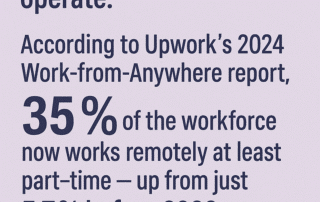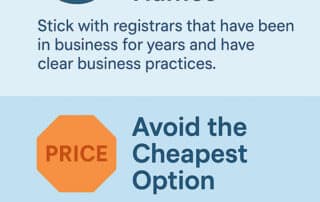Avoid Inbox Fatigue: The Right Email Frequency for Small Business
Summary: Email frequency directly affects engagement, unsubscribes, and deliverability. Most small businesses should start with one email per week and test higher cadence only for engaged segments. Keep unsubscribe rates below 2% and spam complaints under 0.3% to stay in inboxes. Use segmentation and automation to send relevant content, and run re-engagement campaigns at 60–90 days of inactivity to maintain list health. Daily sends work only for short promotions or launches, with clear subscriber notice. Follow CAN-SPAM and Gmail/Yahoo rules for one-click unsubscribe and fast opt-out processing. Track open, click, and complaint rates to refine strategy over time. Why Does Email Frequency Matter? Email works when it’s welcomed, not resented. Studies show email marketing still delivers one of the highest ROIs — $36–$42 per $1 spent depending on industry — but only if people keep opening your messages. Over-mailing can: Push subscribers to hit “unsubscribe” or mark you as spam. Lower open rates because your name becomes background noise. Hurt sender reputation, pushing future emails to the Promotions tab or spam folder. Under-mailing isn’t harmless either. People forget who you are, and your next email feels like spam even if they opted in. How Many Marketing Emails Per Week Is Too Many? There isn’t a single magic number, but research and deliverability experts give some guardrails: 1 email per week is a safe starting point for most small businesses. 2–3 emails per week may work if your list is engaged and content is valuable. Daily sends risk triggering complaints unless they’re short bursts for sales or launches. A simple rule: if your unsubscribe rate stays below 2% and your spam complaints stay below 0.3%, your cadence is probably fine. What Are the Best Practices for Segmenting Your List? Segmentation makes email frequency less risky because messages [...]





